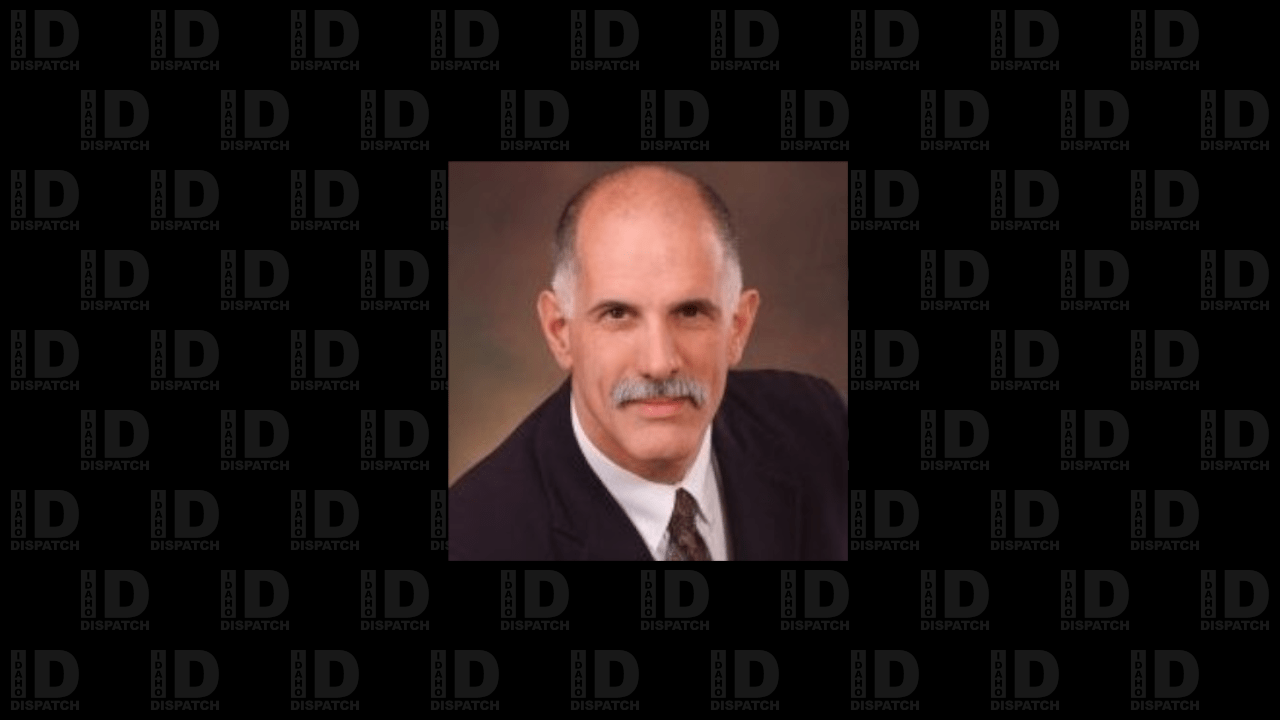
Op-Ed: Mas(k) Hysteria. Why the ‘mask effect’ is too small to measure.
By Brent Regan • July 17, 2020The hyperbolic rhetoric surrounding the use of face coverings has reached unbelievable levels. A former legislator equates people who chose not to wear a face covering with the anarchists of the CHOP Zone. A local political gadfly makes the charge that “Anti-Maskers” are the same as “Holocaust Deniers”, and their actions will lead to the destruction of our political system.
These childish, irrational rantings do nothing to inform or promote rational examination of the actual risks. This is unfortunate as even a modest amount of critical thinking is needed to part the mists of panic.
Not all “face coverings” are equal. There are three general types. “Nuisance masks” have no filtration rating and are intended to reduce the number of large airborne particles inhaled during dusty tasks. Bandanas, “fashion” masks, novelty and homemade face coverings fall into this class.
“Respirators” are filtration rated and intended for specific environments. For example, N95 rated masks will filter 95% of all particles larger than 300 nanometers (300 billionths of a meter). A smoke particle is approximately 300 nanometers. The average size of a COVID-19 particle is 120 nanometers.
“Surgical Masks” are intended to be worn in sterile environments to prevent saliva particles from the surgeon contaminating the patient.
Your respiratory emissions consist primarily of gasses and water vapor. During talking, droplets of saliva are emitted. These are relatively large and fall to the ground quickly, usually within a foot or two. During coughing or sneezing the high velocity air in the airways causes smaller droplets called aerosols to form. These aerosols cab be as small as 500 nanometers and persist in the air for hours. Aerosols flow with the air and resist impacting on a surface. When you cough or sneeze into a mask the pressure causes the mask to lift off the face slightly which allows unfiltered breath with virus laden aerosols to escape.
The FDA has not determined that any mask is safe and effective in reducing the transmission of any virus. No mask is rated to prevent the transmission of respiratory viruses. There is no scientific, single variable study that quantifies the effectiveness of any type of mask or face covering, when used by the general public, to reduce the transmission of a respiratory virus. There are several reasons for this, including; the above mentioned cough pressure effect, the fact that a virus can enter the body by impacting the eyes and being washed into the sinuses via the tear ducts, and that most “face coverings” are not designed to contain viral particles.
The driving reason impeding the evaluation of face covering efficacy is that the effect is tiny and easily swamped by other factors. The probability of any single individual coming in contact with a contagious person is tiny. Even if a mask is 50% effective, half of tiny is still tiny.
Policy makers justify mask mandates with the claim that people who are pre-symptomatic can be contagious for up to 48 hours before the onset of symptoms. Once symptomatic that individual will then self-quarantine and seek medical attention. So, in Idaho, what are your chances of contacting a pre-symptomatic person? Assuming every person who is reported to have the disease was pre-symptomatic and contagious for 2 days before showing symptoms we can take the latest daily new case number and double it to get a rough estimate of how many pre-symptomatic contagious people walk among us. If there are 450 new daily cases then we would estimate 900 infectious people. There are about 1.8 million people in Idaho so the probability that the average person in Idaho would come in contact with a pre-symptomatic and infections person is 1 chance in 20,000. That is just coming in contact. The chance that you would become infected is unknown, but let’s assumes that IF you are within 6 feet for more than 15 minutes you have a 50/50 chance of contracting the virus. Your overall risk is 1 in 40,000 for every person who you are closer than 6 feet for more than 15 minutes. If you are generally healthy, your chance of dying from the virus is 1 in 100 so your daily chance of being killed by COVID-19 is 1 in 4,000,000 (four million) per contact.
If you wear a mask and believe the “experts” that masks reduce the transmission rate by 50% then your chance of dying goes from one in four million to one in 8 million. If something only has a 0.000024% chance of killing you, do you really want to negatively impact your health on a daily basis to reduce that risk to 0.000012%?
For perspective, on any given day, your chance of dying in an automobile is one in three million. Do you hesitate for a moment before getting in a car? On that same day your chance of dying of a heart attack is 1 in 200,000. Did you exercise today? You have a one in six million chance of dying during exercise.
Of course, if you do wear a mask you have a 100% probability that you will be subjected to the discomfort, inconvenience, negative health effects and costs of chronic mask use. If you had a job where you were required to work in the high CO2, low oxygen atmosphere found between your face and your mask, your boss would be found in violation of OSHA safety standards.
There are other ways to reduce your risk without endangering your health. Simply reducing the number of people you contact closer than 6 feet for longer than 15 minutes will directly reduce your risk. Keeping a folded paper towel in your pocket that you press firmly to your mouth to form a tight seal when you cough is far more effective than a mask should you be pre-symptomatic, and it does not have the negative side effects.
Staying away from places where people with the virus are likely to be, like health care and testing facilities will reduce your risk. Ironically your highest chance of contracting COVID-19 may be when you go to get tested for COVID-19.
Up until March 2020 the CDC did NOT recommend daily mask use for the general public because the risk to the individual was greater than the rewards. What changed? Public health officials feel the panic and the pressure to “do something” and a ‘cover your face’ mandate is easy to implement and obvious to see even if it is ineffective in practice.
We know the face covering mandate is political and not medical because the type of face covering is not specified. Why mandate something that is 5% effective when a 50% effective solution is available.
A recent study by a Seattle based think tank projects that Idaho will have 124 COVID-19 deaths. What is shocking is that if Idaho has 95% mask compliance the number of deaths drops by only 12 to 112.
They are asking 1.7M people to wear masks to delay the deaths of 12 people beyond October.
Risk is a part of life. We accept these risks in order to function in society. Panic and fear can cause you to do something more dangerous than the thing you fear. Know the risks and use your rational mind to navigate through them.
Related posts:
Tags: Brent Regan, Coronavirus, Covid-19, Face Covering, Maks

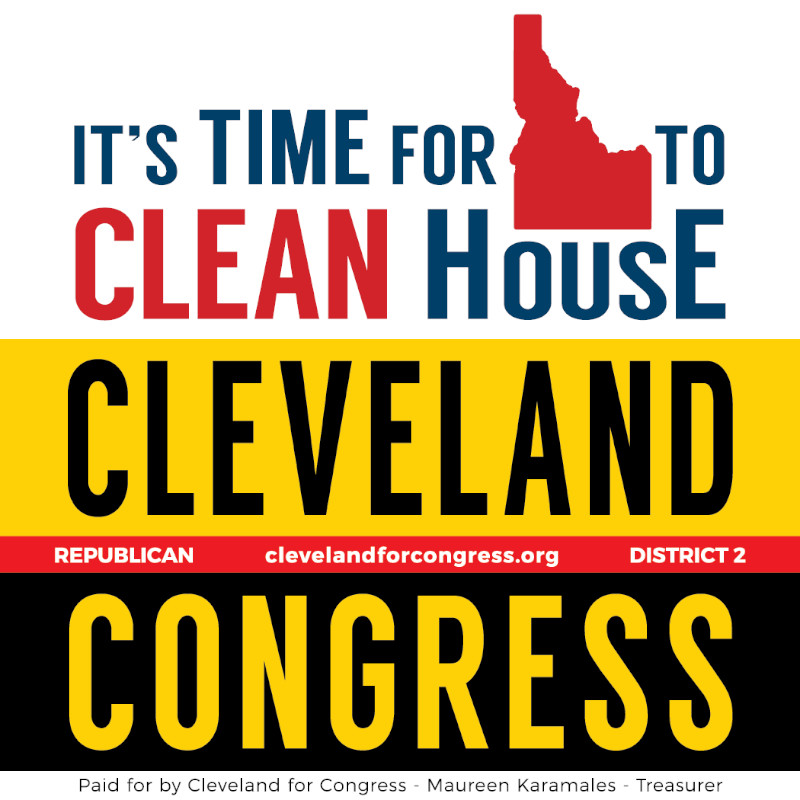
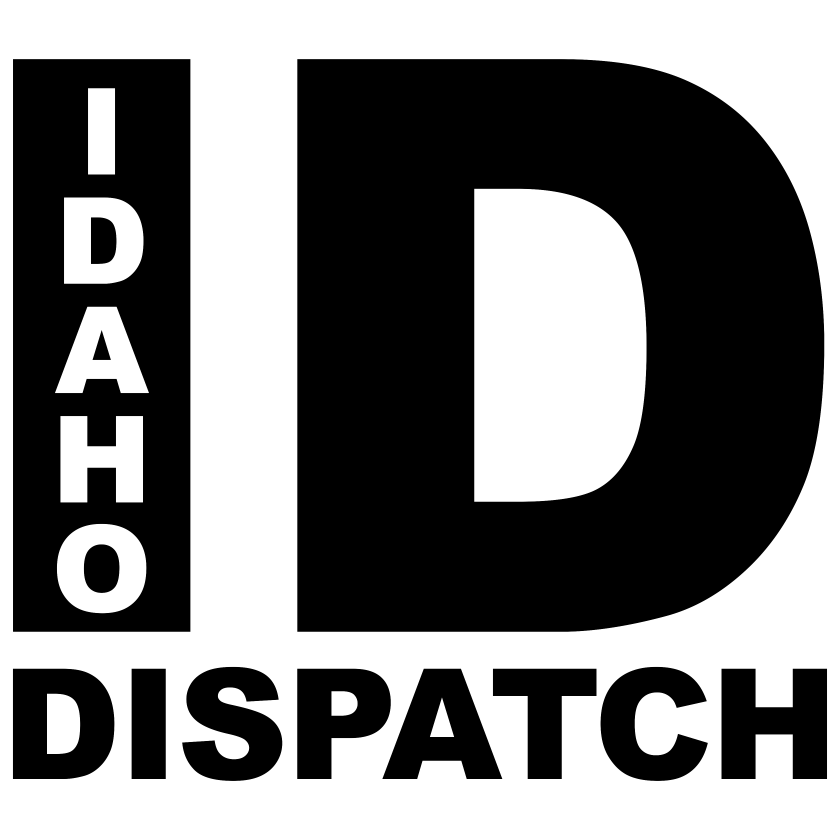

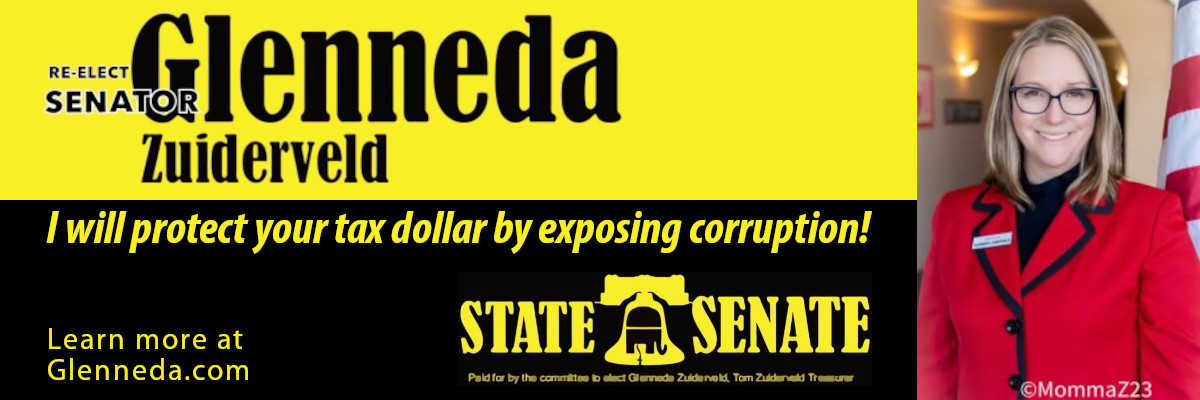

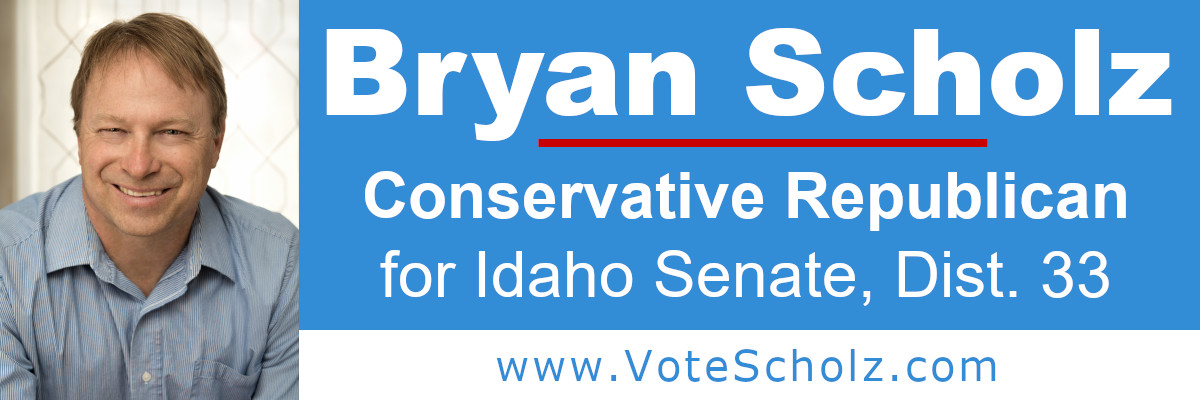


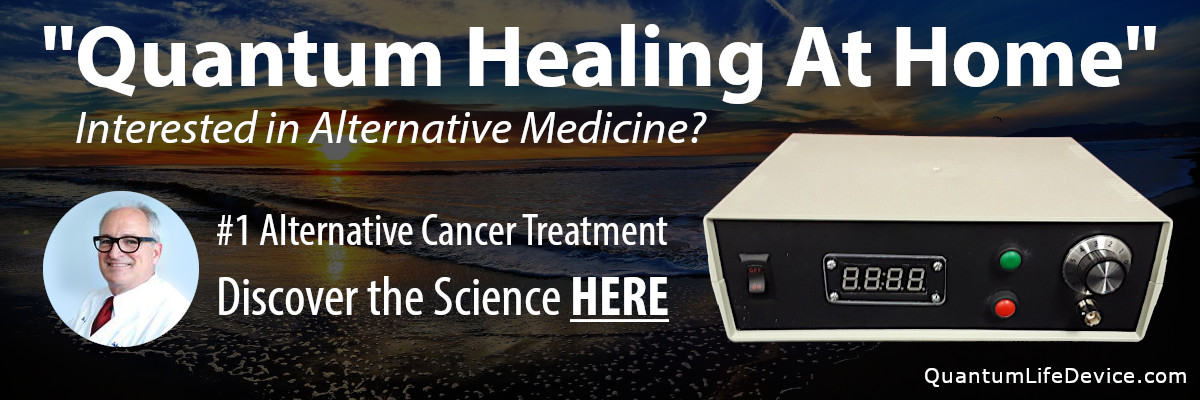
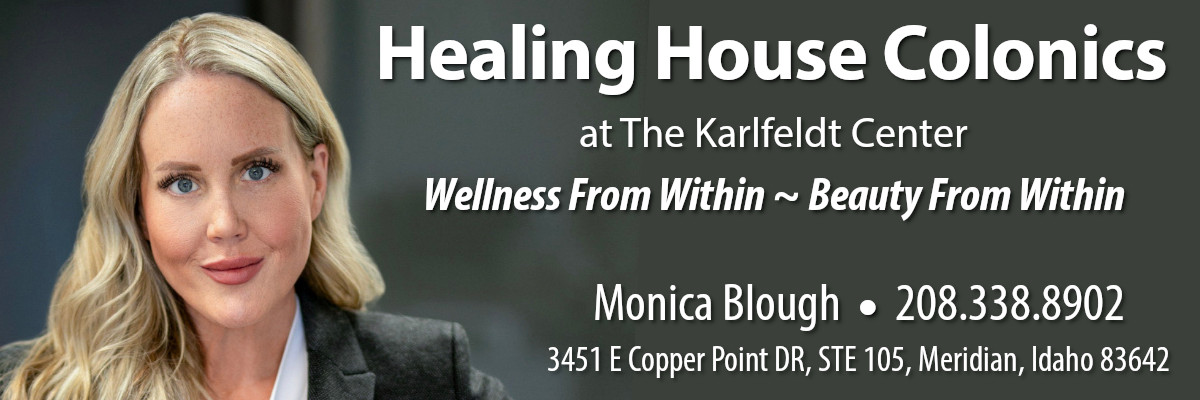

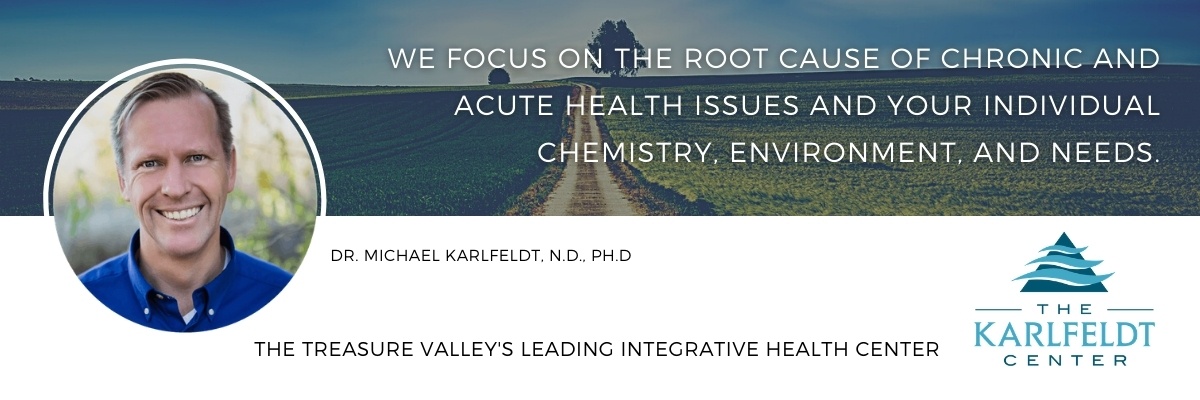
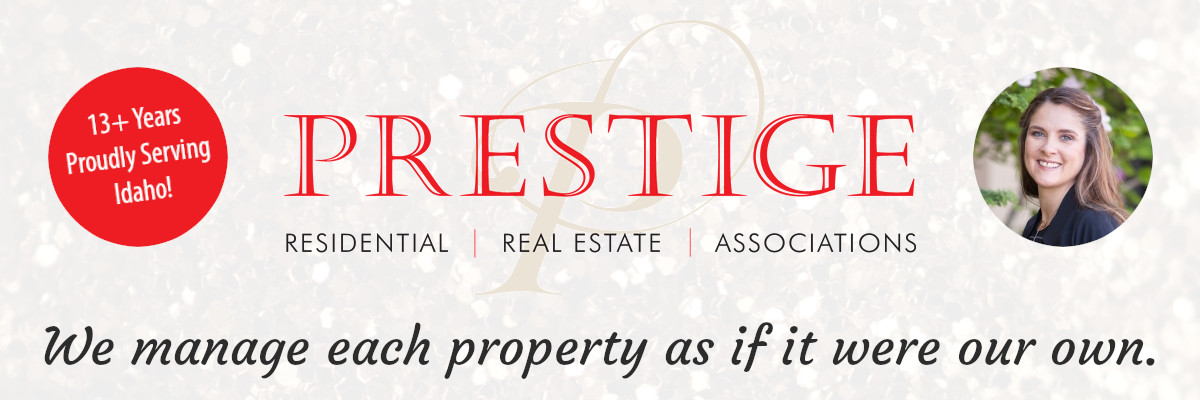


Couldn’t exactly the same argument hold for mandated seat belts? Al well and good unless you are one of the 12 I suppose.
There is no risk to wearing a seatbelt as there is to wearing a mask. Mandating a risk is not cool.